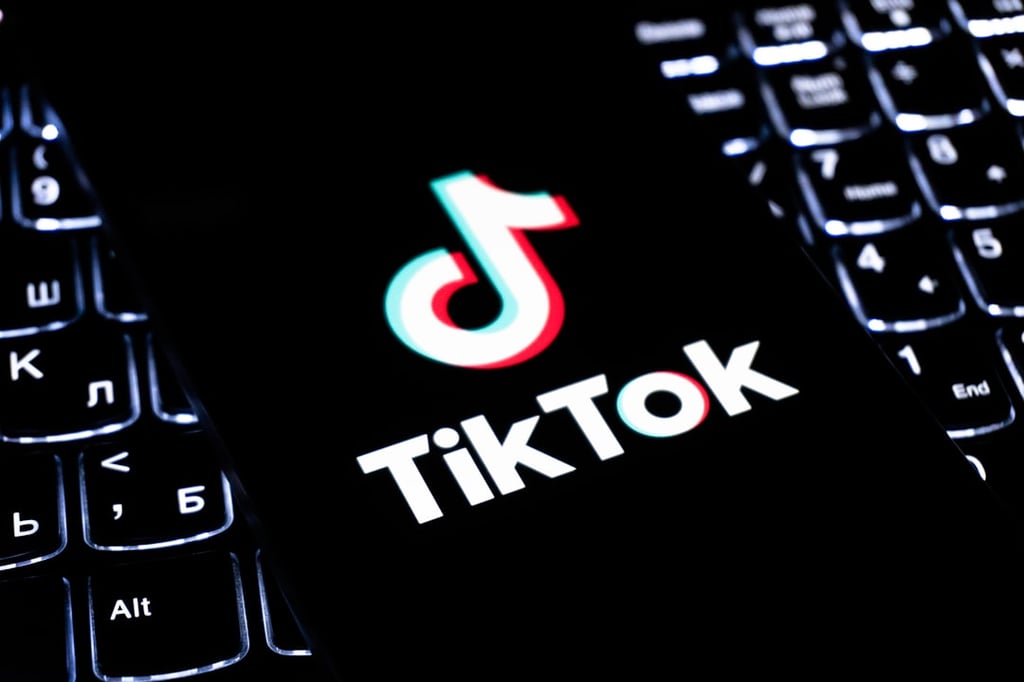Burgeoning demand for data services will translate to soaring popularity for next-generation wireless broadband technologies, with 2.1 billion users projected worldwide by 2015, according to a study released Wednesday. Big winners will be carriers and handset makers, as growing adoption will generate $784 billion globally in service revenue by 2015 — a dramatic 2400 percent […]
Datamation content and product recommendations are
editorially independent. We may make money when you click on links
to our partners.
Learn More
Burgeoning demand for data services will translate to soaring popularity for next-generation wireless broadband technologies, with 2.1 billion users projected worldwide by 2015, according to a study released Wednesday.
Big winners will be carriers and handset makers, as growing adoption will generate $784 billion globally in service revenue by 2015 — a dramatic 2400 percent spike from today’s nascent levels of wireless broadband penetration, according to the study from telecom analyst firm Analysys Mason.
“The availability of affordable mobile broadband services, mobile devices and data services are driving revenue growth as wireless penetration hits saturation in developed countries,” Mark Heath, an associate analyst at Analysys Mason and the report’s co-author, told InternetNews.com.
The news comes as carriers, handset makers and other wireless industry players are placing ever-larger bets on higher-bandwidth fourth-generation (4G) technologies in a race to widen their pipelines to meet increasing demand for data services.
Wireless service providers currently are moving from 2G network standards — such as Global System for Mobile Communications (GSM), Time Division Multiple Access (TDMA) and Enhanced Data Rates for GSM Evolution (EDGE) — to 3G technologies, which include Wideband Code Division Multiple Access (W-CDMA), Universal Mobile Telecommunications System (UMTS) and High-Speed Packet Access (HSPA).
Apple and AT&T recently unveiled the new 3G iPhone, for instance.
But while 3G capabilities are already providing greater speeds, network capacity and support for more bandwidth-intensive wireless features like video telephony, 4G technologies like WiMAX and LTE are expected to deliver even larger improvements.
Yet users may take some time to jump on the 4G bandwagon.
While both WiMAX and LTE are expected to grow in availability and popular, neither will eclipse the current HSPA standard anytime soon. According to Analysys, HSPA — which is a collection of so-called “3.5G” technologies that improve on UMTS — will support over 50 percent of wireless broadband users by the end of 2015.
HSPA will grow from 61 million users this year to 1.1 billion by 2015, the report said.
This article was first published on InternetNews.com. To read the full article, click here.
-
Ethics and Artificial Intelligence: Driving Greater Equality
FEATURE | By James Maguire,
December 16, 2020
-
AI vs. Machine Learning vs. Deep Learning
FEATURE | By Cynthia Harvey,
December 11, 2020
-
Huawei’s AI Update: Things Are Moving Faster Than We Think
FEATURE | By Rob Enderle,
December 04, 2020
-
Keeping Machine Learning Algorithms Honest in the ‘Ethics-First’ Era
ARTIFICIAL INTELLIGENCE | By Guest Author,
November 18, 2020
-
Key Trends in Chatbots and RPA
FEATURE | By Guest Author,
November 10, 2020
-
Top 10 AIOps Companies
FEATURE | By Samuel Greengard,
November 05, 2020
-
What is Text Analysis?
ARTIFICIAL INTELLIGENCE | By Guest Author,
November 02, 2020
-
How Intel’s Work With Autonomous Cars Could Redefine General Purpose AI
ARTIFICIAL INTELLIGENCE | By Rob Enderle,
October 29, 2020
-
Dell Technologies World: Weaving Together Human And Machine Interaction For AI And Robotics
ARTIFICIAL INTELLIGENCE | By Rob Enderle,
October 23, 2020
-
The Super Moderator, or How IBM Project Debater Could Save Social Media
FEATURE | By Rob Enderle,
October 16, 2020
-
Top 10 Chatbot Platforms
FEATURE | By Cynthia Harvey,
October 07, 2020
-
Finding a Career Path in AI
ARTIFICIAL INTELLIGENCE | By Guest Author,
October 05, 2020
-
CIOs Discuss the Promise of AI and Data Science
FEATURE | By Guest Author,
September 25, 2020
-
Microsoft Is Building An AI Product That Could Predict The Future
FEATURE | By Rob Enderle,
September 25, 2020
-
Top 10 Machine Learning Companies 2021
FEATURE | By Cynthia Harvey,
September 22, 2020
-
NVIDIA and ARM: Massively Changing The AI Landscape
ARTIFICIAL INTELLIGENCE | By Rob Enderle,
September 18, 2020
-
Continuous Intelligence: Expert Discussion [Video and Podcast]
ARTIFICIAL INTELLIGENCE | By James Maguire,
September 14, 2020
-
Artificial Intelligence: Governance and Ethics [Video]
ARTIFICIAL INTELLIGENCE | By James Maguire,
September 13, 2020
-
IBM Watson At The US Open: Showcasing The Power Of A Mature Enterprise-Class AI
FEATURE | By Rob Enderle,
September 11, 2020
-
Artificial Intelligence: Perception vs. Reality
FEATURE | By James Maguire,
September 09, 2020
SEE ALL
ARTICLES
Judy Mottl is an experienced technology journalist who has served as a senior editor, reporter, writer, and blogger for InformationWeek, Investors Business Daily, CNET, and Information Security Magazine, as well as other media outlets.









